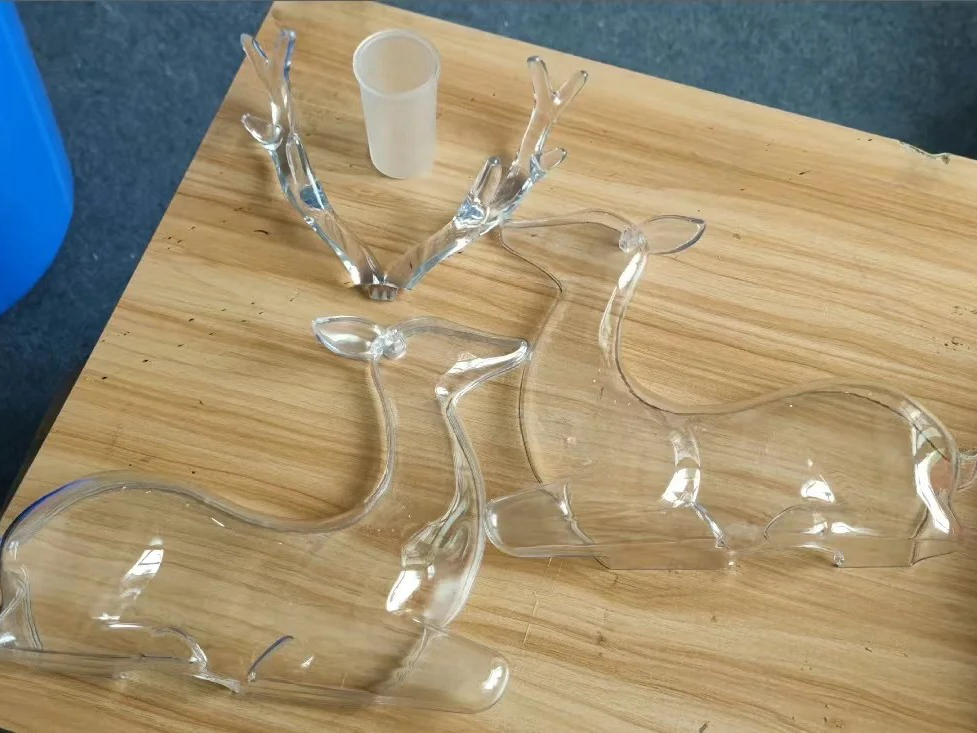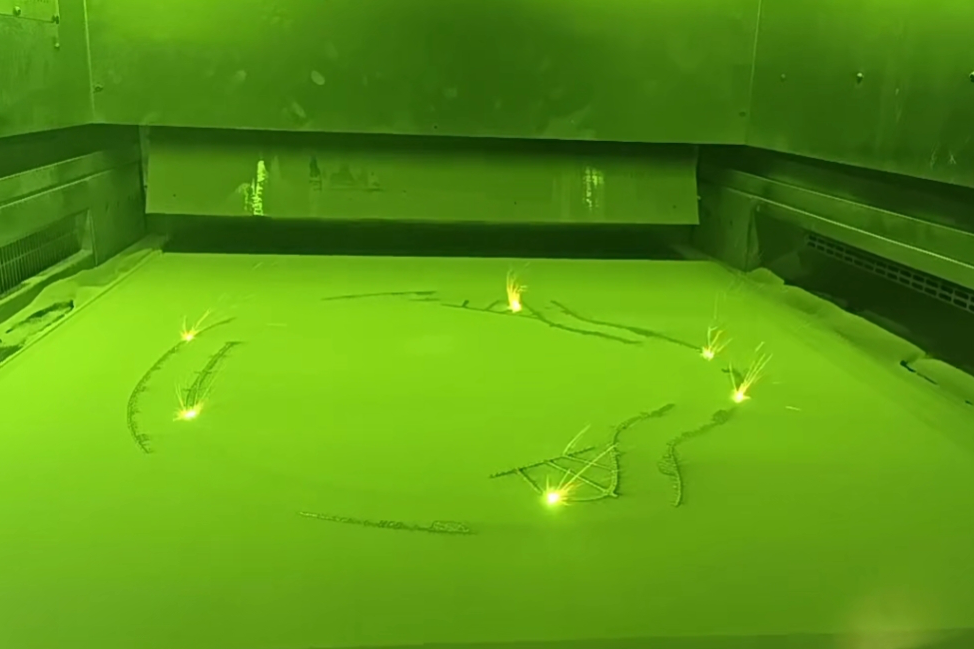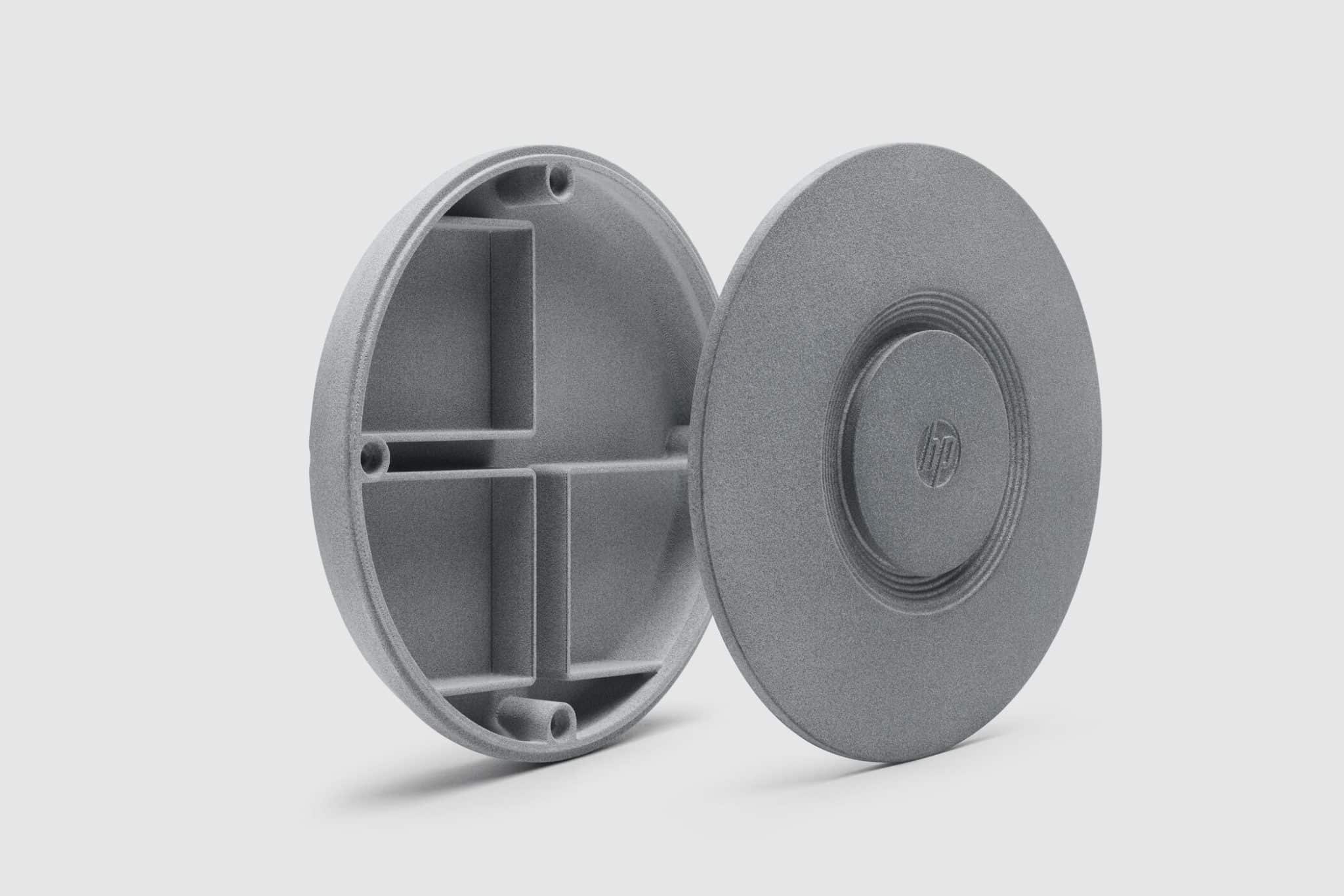What Are The 3D Printing Technologies Used for Resin Parts Additive Manufacturing?
 Resin-based additive manufacturing (AM) technologies offer high precision, excellent surface finishes, and the ability to create intricate geometries. These features make resin 3D printing ideal for the automotive, medical, and consumer goods industries. This blog explores the key 3D printing technologies used for resin parts, highlighting materials, applications, benefits, and the unique features of each technology.
Resin-based additive manufacturing (AM) technologies offer high precision, excellent surface finishes, and the ability to create intricate geometries. These features make resin 3D printing ideal for the automotive, medical, and consumer goods industries. This blog explores the key 3D printing technologies used for resin parts, highlighting materials, applications, benefits, and the unique features of each technology.
Stereolithography (SLA)
Stereolithography (SLA) uses a UV laser to cure liquid resin in a vat, forming solid plastic parts layer by layer. Known for its high precision, SLA is widely used to produce detailed parts with smooth finishes.
Materials:
Standard Resins: Offers fine resolution (as low as 25 microns) for prototypes.
Tough Resins: High impact strength (up to 75 MPa) for functional prototypes.
Flexible Resins: With elongation at break up to 50%, ideal for seals, gaskets, and wearables.
Applications:
Automotive: Functional parts such as brackets, housings, and prototypes.
Medical: Custom dental implants, surgical guides, and prosthetics.
Consumer Goods: Jewelry, eyewear, and other detailed models.
Benefits:
High Precision: SLA achieves acceptable resolution and is perfect for intricate parts (up to 25 microns).
Smooth Surface Finish: Parts require minimal post-processing.
Customization: Ideal for producing custom parts in the medical, automotive, and consumer goods industries.
Digital Light Processing (DLP)
Digital Light Processing (DLP) is similar to SLA but uses a digital light projector to cure resin, curing the entire layer simultaneously. DLP is known for its speed and resolution.
Materials:
Dental Resins: Perfect for dental restorations, crowns, and bridges.
High-Temperature Resins: Ideal for automotive and aerospace components, with heat resistance up to 200°C.
Applications:
Dental: Custom crowns, bridges, and orthodontic models.
Automotive: Functional prototypes for high-performance parts.
Consumer Electronics: Prototypes for detailed, high-quality models.
Benefits:
Speed: DLP can print up to 10 times faster than SLA, curing an entire layer at once.
High Resolution: Capable of achieving detailed parts with fine features.
Cost-Effective: Suitable for small production runs and quick iterations.
PolyJet 3D Printing
PolyJet 3D Printing is a versatile technology that uses inkjet-like technology to jet and cure resin droplets. PolyJet can print multiple materials simultaneously, creating complex, multi-material parts.
Materials:
Tough Resins: Durable for functional prototypes.
Transparent Resins: Ideal for optical applications and light guides.
Composite Resins: Offers enhanced mechanical properties for rigidity and wear resistance.
Applications:
Medical: Custom prosthetics, surgical guides, and implants.
Consumer Goods: High-quality models for product design and marketing.
Automotive: Multi-material prototypes and functional testing.
Benefits:
Multi-Material Printing: Can print rigid and flexible materials in one part.
Precision: Prints with resolutions as fine as 16 microns.
Color and Texture: Offers full-color printing for detailed prototypes.
Continuous Liquid Interface Production (CLIP)
Continuous Liquid Interface Production (CLIP) is a faster alternative to traditional resin printing. It uses UV light and oxygen to create a constant resin layer, producing high-quality parts quickly.
Materials:
Durable Resins: Used for parts that require long-term mechanical strength.
Tough Resins: Ideal for functional prototypes in engineering and automotive applications.
Applications:
Medical: Custom implants and prosthetics that need to be strong and durable.
Consumer Electronics: High-performance prototypes for electronics housings and parts.
Automotive: Components requiring strength and speed in production.
Benefits:
Speed: CLIP is up to 100 times faster than traditional 3D printing methods.
High-Quality Finish: Parts produced with CLIP require minimal post-processing.
Precision: Achieves fine details with high-resolution features.
Comparison Table of Resin 3D Printing Technologies
Technology | Key Materials | Speed | Resolution | Applications |
|---|---|---|---|---|
SLA | Standard Resins, Tough Resins | Medium | 25 microns | Automotive, Medical, Consumer Goods |
DLP | Dental Resins, High-Temperature Resins | High | 50 microns | Dental, Automotive, Consumer Electronics |
PolyJet | Tough Resins, Transparent Resins | Medium | 16 microns | Medical, Consumer Goods, Automotive |
CLIP | Durable Resins, Tough Resins | Very High | 25 microns | Medical, Consumer Electronics, Automotive |
Conclusion
Resin-based 3D printing technologies, including SLA, DLP, PolyJet, and CLIP, offer significant advantages for producing high-precision, high-quality parts across various industries. Whether for producing custom dental implants with Dental Resins or durable automotive parts with Durable Resins, these technologies offer flexibility, speed, and high-quality results in additive manufacturing.
FAQs
Which 3D printing technology is best for producing high-precision resin parts?
What are the most commonly used resin materials in PolyJet printing?
How does Continuous Liquid Interface Production (CLIP) improve production speed for resin parts?
Can SLA be used for producing high-strength resin parts, and what are its advantages?
What are the key benefits of using resin-based 3D printing in the medical industry?


